Can I hike alone? This is one question people who have never hiked solo ask themselves. Yes, you can do it! It is completely safe, and if you are going to do it for the first time, you will love the experience. Thousands of Americans hike solo every year. Perhaps what has made solo hiking popular over the past few years is the freedom that comes with it.
LEGAL DISCLAIMER: This post may contain affiliate links. If you click an affiliate link and make a purchase, I may earn a commission. Also, as an Amazon Associate, I earn from qualifying purchases.
Whether you are an experienced trekker or are going out alone for the first time, it’s important to abide by some rules. In this post, we will look at some tips to help you stay safe and enjoy hiking solo. Let’s get started.
-
Find A Familiar Trail
If you are hiking alone for the first time, it would be wise to pick a familiar trail that is well-marked. Since it will be your first solo hike, you don’t want to get lost in unfamiliar territory.
You can choose a nearby trail or one that you have previously hiked as a group. This way, you won’t have to worry about finding directions. Another tip for first-timers is to look for a trail they can manage. If you are not physically fit for the walk, do not choose a rough terrain that requires a lot of balancing and endurance.
-
Avoid Trekking With A heavy Backpack
One of my worst experiences as a beginner hiker is walking with a heavy backpack in summer under the scorching heat. I had to pause every now and then to rest under a shade and drink water. It left me totally exhausted, and I vowed never to carry a heavy backpack on a hike again.

As a solo hiker, you have to motivate yourself on the trail. In a group, it is a bit easier as the members can encourage you to keep trudging. So, your daypack or backpack should be light. Buy the lightweight versions of hiking gear and after you have finished packing, go through the items and remove unnecessary items.
-
Things To Bring On A Solo Hike
To enjoy a solo hike, you have to pack the required gear. A few days before the walk, research what you need for the walk. The must-haves, also known as the ten essentials, include a headlamp with extra batteries, lightweight shelter, extra water, extra food, sun protection, means of navigation such as a map or satellite phone, fire, clothing, knife, and a first aid kit.
Other Items You Will Need
- Top-quality socks – You can avoid blisters by wearing high-quality socks that are breathable and provide support. What’s more, these socks keep away leeches and insects such as mosquitoes. Carry at least two pairs of socks.
- A Survival whistle – What happens when you get injured on the trail and can barely move? Or when you get lost and don’t know which direction to take? A survival whistle, as the name suggests, will help you find help quickly. Blowing it three times is a request for help and is recognized globally. Stay at one place and make the three blasts regularly, each lasting about 3 seconds.
- Trekking Poles – Your legs carry most of your body weight and the weight of your daypack/backpack. On rough terrain, you can easily trip and fall when something on the ground catches your foot. Hiking poles can help take the stress off your knees and offer better balance. Read more on why you need to use trekking poles when hiking.
- Hiking boots/shoes – You need footwear specialized for hiking. Trekking shoes/boots provide support, have better traction are more comfortable than regular shoes. Hiking boots/shoes enable you to walk on uneven terrains with ease.
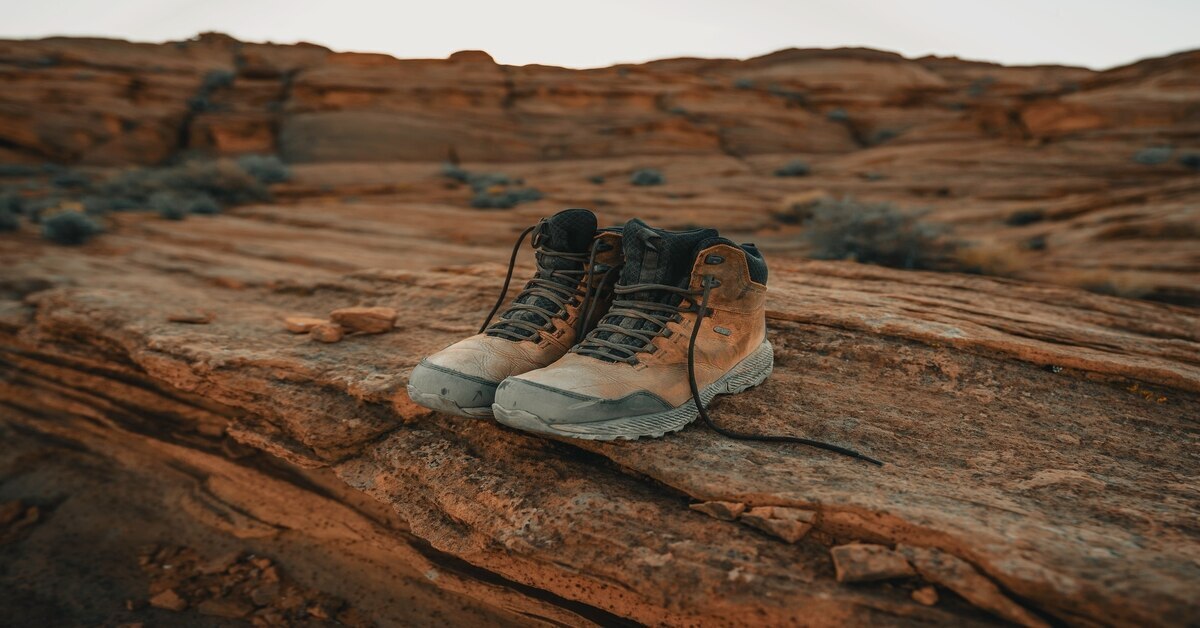
- Insect/Mosquito repellent will help you avoid diseases or allergic reactions caused by mosquitoes and other insects.
- Good quality tape – this is vital if you don’t have hiking boots and your shoes get torn during the hike. The tape will hold the shoes together till you reach the end of the trail.
- Water filter – when you spend time walking in the wilderness for extended periods, you may run out of water. With a water filter, you will be able to purify water and continue with the hike. Hydration gives you the energy to continue walking, so this shouldn’t miss on your hiking gear list.
-
Let People Know Where You Are Going
Tell at least one person that you are going on a hike alone. It could be a close friend or a family member. Let them know which park or trail you will be going to and on what date. Also, tell them when they should expect you so that if you are not back on that day, they will alert the authorities.
So many things can happen when you are out hiking alone. You may fall and get injured, get bitten by a snake, or get lost in the wilderness. So, always inform the people close to you about your solo hiking adventure.
Remember to follow your plan. For instance, do not wander from the trail or try to use a different route to your destination. You could get lost or find yourself in a dangerous animal’s territory.
-
Know The Weather
If you are going out on the trail alone, you need to be keen on the area’s weather. Experts advise going out on a clear day because hiking in the snow or rainy weather might be dangerous, especially if you’re not used to hiking alone.
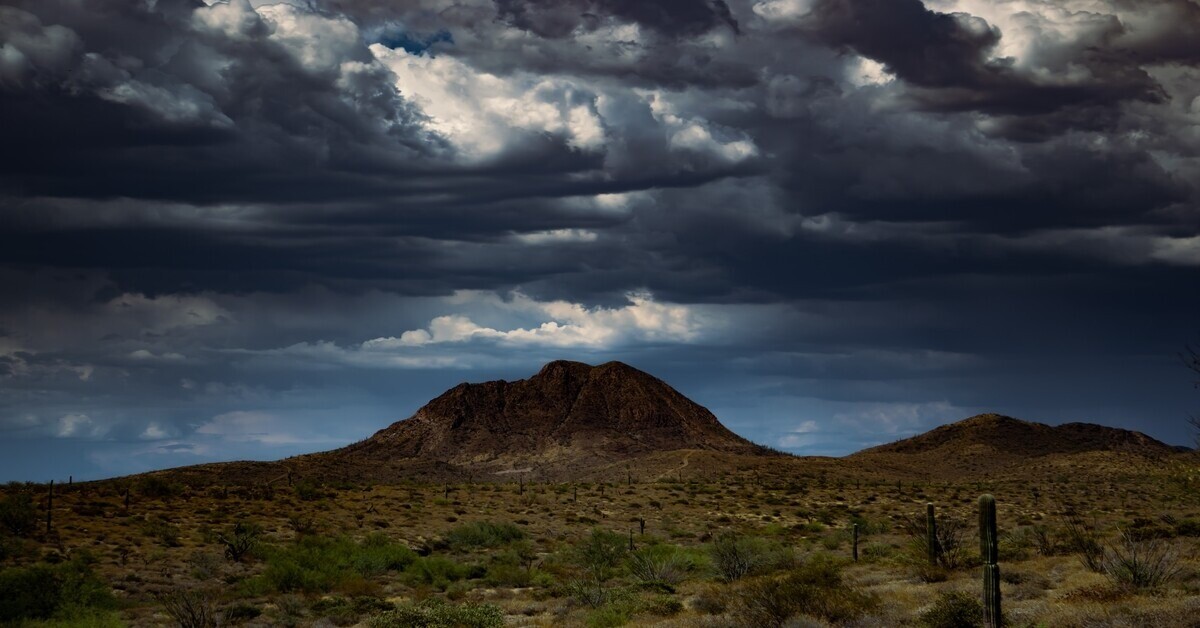
You can watch the weather forecast on TV or simply go online and check before heading out. The weather is usually unpredictable, so even if it looks all sunny, pack some layers. You don’t want to be all drenched when suddenly the clouds turn dark.
Another tip is to ask other hikers. If you are new to a trail, ask about the region’s weather conditions, so you know what to expect. This will help you when you go hiking in the same area in the future.
-
Get Tips From Experienced Solo Hikers
If you have never hiked solo, it would be best to get the help of someone who has done it countless times. You can do the trial and error method, but why go through all that trouble when a hiker can give you all the tips?
An experienced trekker will give you all the tips you need, from essentials to carry on a solo hike to what to do if you get lost in the backcountry. This will prevent you from making mistakes and will boost your confidence. If you don’t have anyone to help you out, you can Google or watch a couple of YouTube videos.
-
Research About Animals In The Area
Most animals in the wild don’t pose a threat if you leave them alone. Start by doing some research on any potentially dangerous animals you may encounter on the trail. If it’s a park, talk to the rangers/guides, and they will advise on the types of animals and safety precautions to take.

If there are rattlesnakes on the territory, for instance, always be on the lookout for them, and if you encounter one, give it a wide berth. It’s wise to carry antivenom to such areas because snakes use camouflage to hide from prey, and you might not notice them. If you’re going to hike in bear territory, always carry bear spray.
Knowing the wildlife in the trail will help you take safety measures. Remember, most animals will only be a problem if you get too close to them and they perceive you as a threat. So, leave them alone and keep walking. If you have to take a picture, do so from a safe distance.
-
Consider Joining A Fellow Hiker
Chances are you will meet many solo hikers on the trail. Many hikers will want to be left alone, but some of them won’t mind trekking with you. You will meet people from all over the United States or even foreigners, and you can decide to walk together.
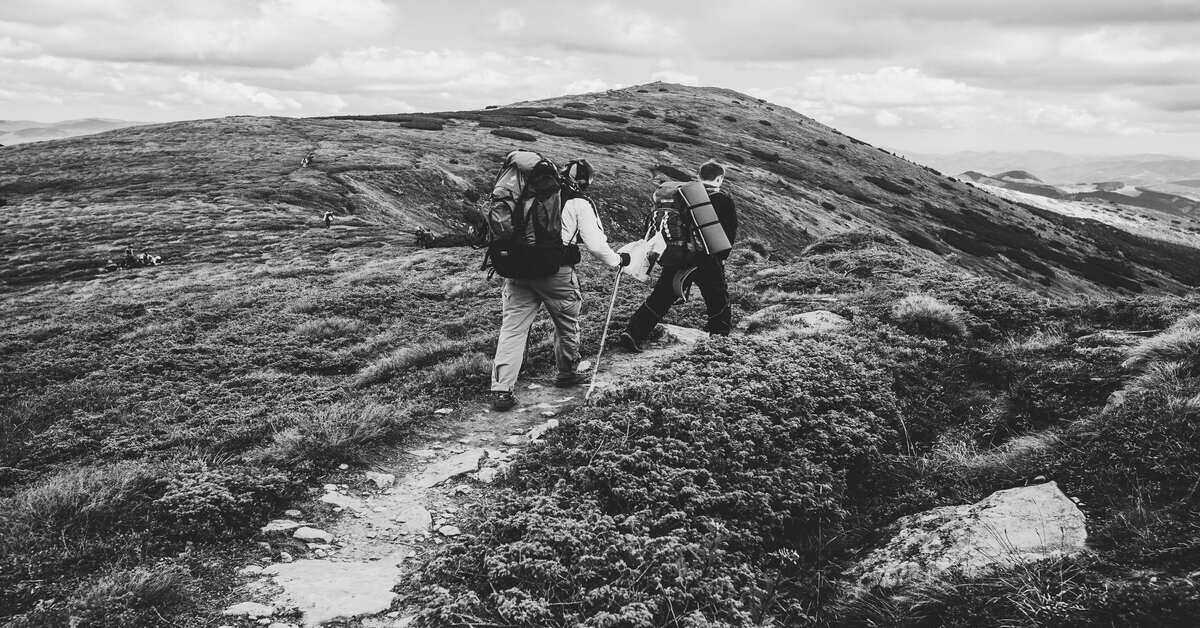
If you are going downhill, for instance, you could do with a companion. Some hikers fear such parts of a trail and will feel safer and more confident with someone else around. It’s also okay if you want to go all alone. Hikers will respect your space if you want to be left alone.
-
Train For The Walk
Many beginner hikers do not prepare their bodies for the hike. Hiking alone means you will have no one to urge you on when you start feeling fatigued and are racing against time. Start by going on short walks in your neighborhood or on trails near your home. Do this a couple of days each week until you feel your body is in shape for the solo hike.
Next, strengthen your muscles. Walking mainly builds your leg muscles, so you need to focus on other areas of your body. If you are not sure how to do this, you can talk to a trainer, and they will help you build all the vital muscles you will need for the hike.
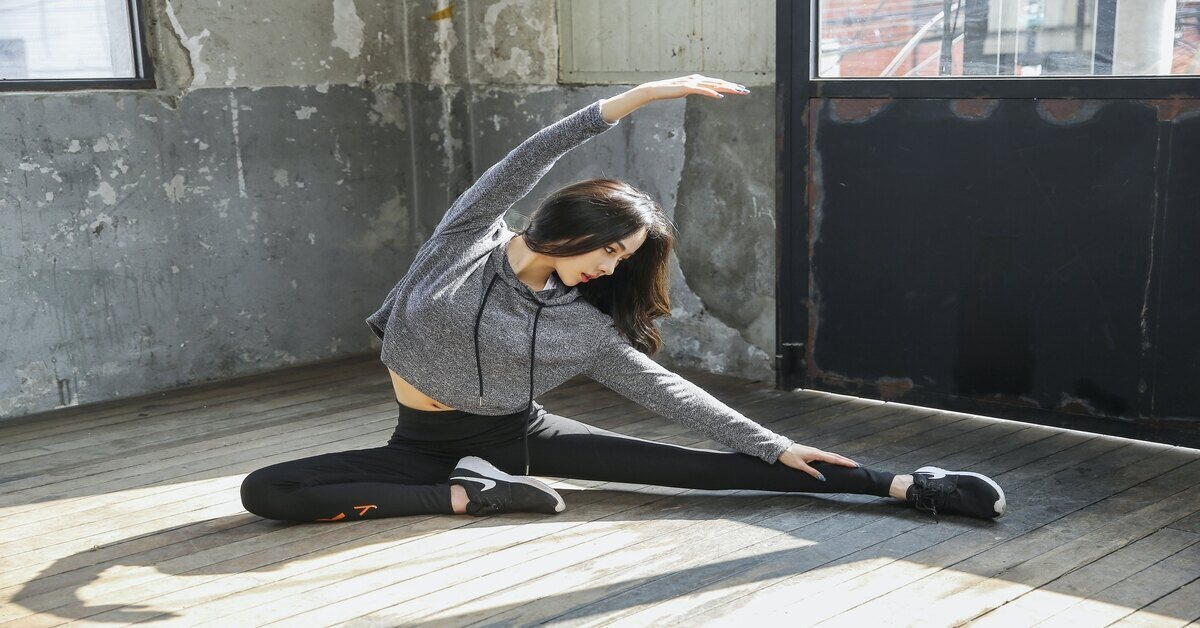
Doing stretching exercises such as hamstring stretch, hip flexor stretch, and shoulder stretch is also another great way to prepare for the hike. After a long period, muscles become tight and short. Stretching will help you make them stronger, healthier, and more flexible.
-
Leave Your Headphones At Home
Some hikers like carrying their earphones wherever they go so they can listen to their favorite music. But this might be a bad idea if you are going on a solo hike. In the wilderness, you need to be alert, which means your hearing senses should be heightened.
With headphones, it isn’t easy to hear other hikers approaching in front or behind you. Also, you will not hear animal movements and might run into one. For example, if it’s a bear, it might attack if you don’t spot it early enough and continue moving near it. In addition to that, you may miss hearing the rolling of thunder which could signify a storm.
-
Keep The Environment Clean
All hikers need to protect the environment. Can you imagine what would happen if every hiker decided to leave garbage in the wilderness every time they went for a hike? Polluting the environment negatively affects the ecosystem.

You should avoid washing any item in the water bodies you come across on the trail. Secondly, please use the toilets on the trail, if any. If there is no toilet, the rule of thumb is to dig a hole and do your business about 100 feet away from any water source. When all is done, fill the hole and then pack the tissue paper in your portable trash bag. Another thing you should do is pack out all the garbage. Never leave anything on the trail, even if it is food.
-
Learn New Skills
Hiking alone requires you to have skills that you can overlook if you prefer hiking in a group. Some of the skills you need to have include wilderness survival, rock climbing, and camping. Since you will be alone on the trail, such skills will help you avoid a lot of issues that solo hikers face. There are tons of courses like these rock climbing courses that you can check out on the internet.
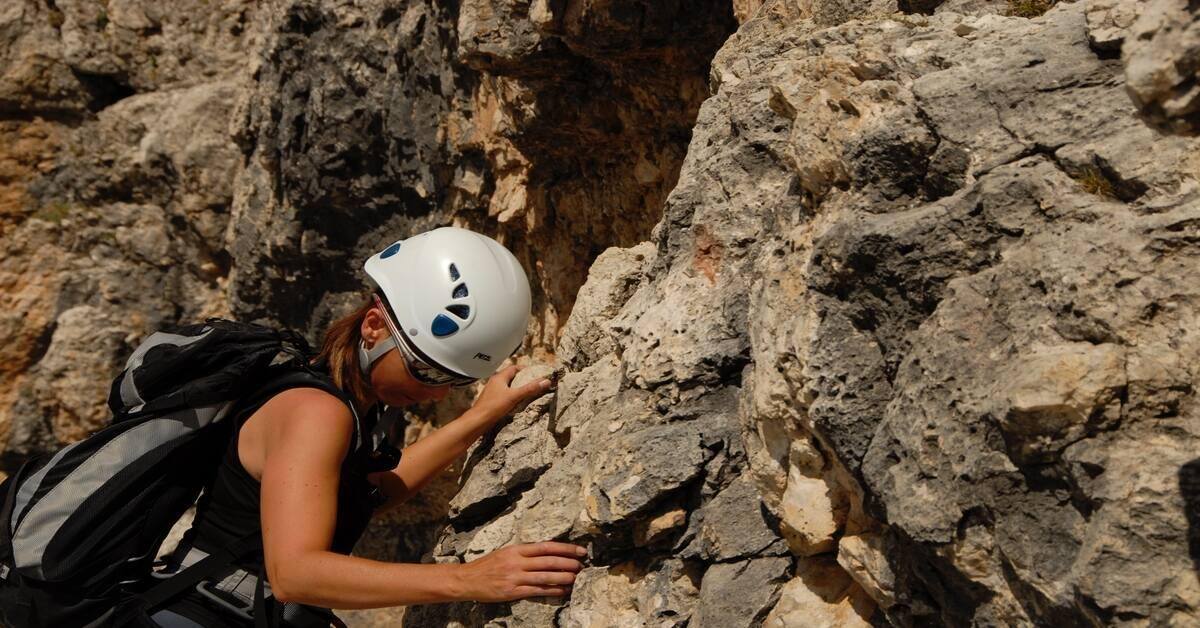
-
Do Not Push Yourself Too Hard
Hiking should be an enjoyable activity, so you need to understand your limits, especially if it is your first time. When you tire, you can easily lose your balance, trip, and fall.
You wouldn’t want to get stranded in the middle of nowhere because of a bad injury. As we had explained in the previous point, getting physically fit before the hike is crucial. Also, start with short walks, then move to long ones as your body adapts.
Hiking solo is one of the best outdoor activities out there. You get to enjoy the incredible sights and sounds of nature and have some quality time alone. It might seem difficult when starting out, but with time, it becomes more enjoyable and you will always look forward to it.
Have you been going on solo hikes? What are the dos and don’ts? Let us know in the comments section.

